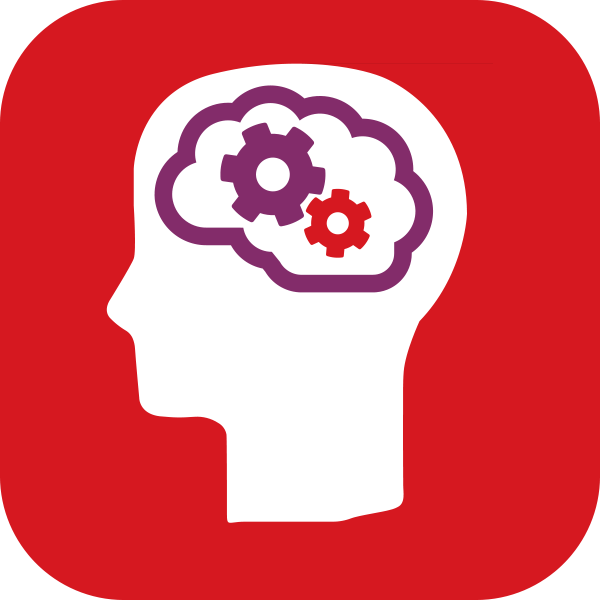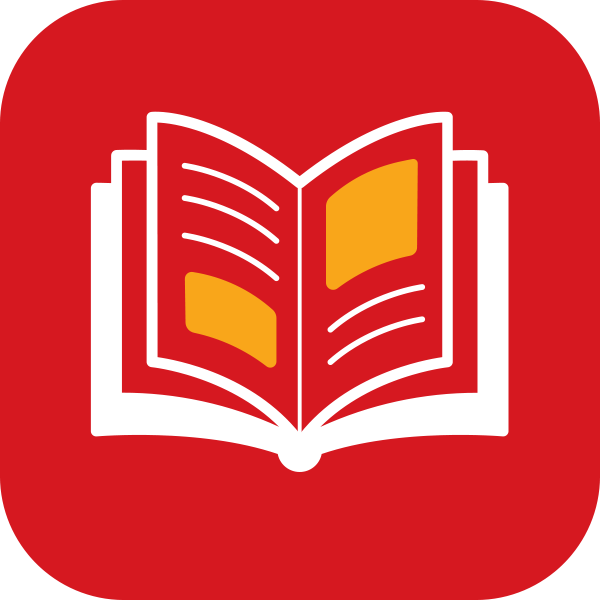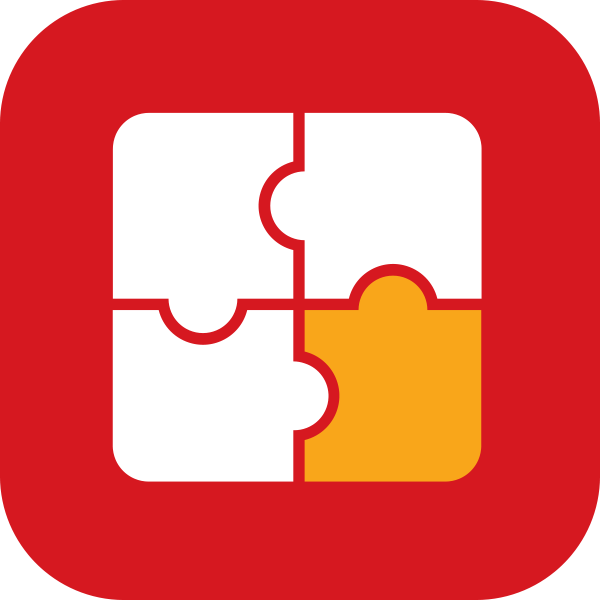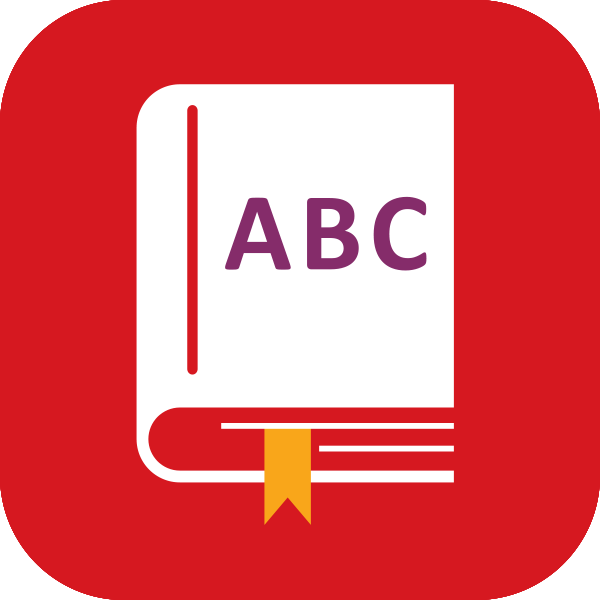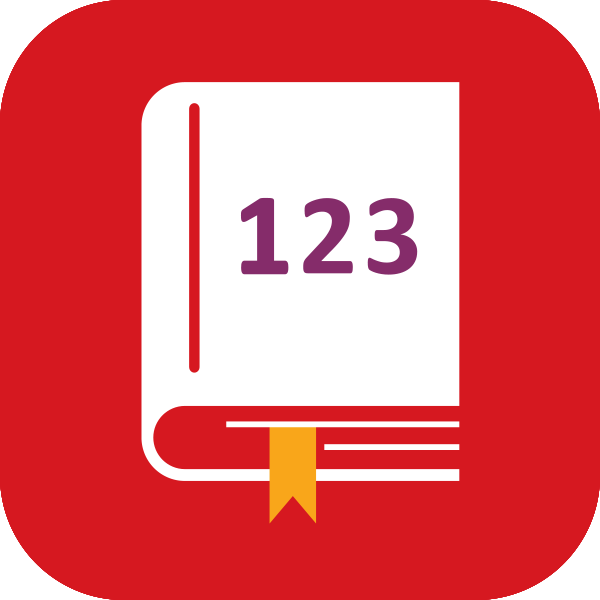Sarah Nevin explains how the wealth of assessment data available at her school in Co Kildare not only helps teachers gain a complete picture of every student’s academic ability but has also allowed them to identify and support those who have been badly affected by the pandemic.
Scoil Mhuire Community School in Clane, Co Kildare is typical of many secondary schools in Ireland. It’s larger than most – at 1,200 students-strong – but in most respects it’s similar to other mixed community schools.
What sets it apart, however, is the data-rich environment that has enabled its teachers to build up a comprehensive profile of each and every student. Sarah Nevin, who is the Special Educational Needs Co-ordinator at the school and responsible for assessment, says Scoil Mhuire adopted a battery of GL Assessment’s tests with the introduction of school self-evaluation. “We needed to monitor and gauge progress in literacy and numeracy, so we looked at what GL Assessment was offering, decided to jump into digital testing land and haven’t looked back since!”
The school uses GL Assessment's Cognitive Abilities Test (CAT4 levels E and F), Progress Tests in English and Maths (PTE and PTM), New Group Reading Test (NGRT) and the Pupil Attitudes to Self and School survey (PASS) – all of which are complementary, allowing teachers to triangulate data to build up a complete picture of student ability and spot any inconsistencies.
The digital version of NGRT also adapts test content automatically, giving each child a test appropriate to their reading ability. The results not only give English teachers a baseline score in sentence completion and passage comprehension but also, because reading is so crucial to accessing the entire curriculum, assist all subject teachers in supporting their students’ literacy capabilities.
Comprehensive assessment
At Scoil Mhuire, incoming first year students are assessed using CAT4 level E. “This gives a very good understanding of where they are before they join us,” says Sarah.
When they start post primary school in September, students are assessed with PTE, PTM and NGRT: “This gives us a benchmark of where they are in terms of literacy, numeracy and reading”. They are re-tested at the end of first year with PTE, PTM and NGRT, which allows teachers to determine progress and these results are used as an element of school self-evaluation.
In second year, students take NGRT for a third time, which is used for Reasonable Accommodations. CAT4 level F is administered in third year to help students and Guidance Counsellors pick subject options for the senior cycle and the results are also correlated with those from the earlier CAT4 assessments.
“The way we use CAT4 is really interesting. We did a project a couple of years ago, where we took the CAT4 level E mean results from first year students and implemented a tracking system. The children were put in four bands – T1, T2, T3, and T4 – with those in T1 scoring 80% plus in higher level papers and so on. From the first year, every teacher can see which group each individual student belongs to. If a student in T3 is performing at the end of the first year like a T1 student, we will move them up to that group. If they’re not performing, however, we will never move a student down.”
Pandemic aftermath
The pandemic has, however, forced the school to change the way it delivers assessment. “Primary schools have found it difficult,” says Sarah. “In 2020, they did not have time to prepare their sixth class students well enough or long enough. And we’ve had to adapt too. We now bring the first year students in for three days before any other year group comes in – before the pandemic it was only for half a day – and we work closely with feeder primary schools and their teachers to identify individual student needs.”
Sarah says her biggest concern is the effect the pandemic has had on children’s mental and emotional wellbeing. “You can see that the pandemic has affected them educationally, behaviourally and emotionally.” And she says it’s not just vulnerable children or those whom teachers would usually expect to struggle who have been affected. This is why the school uses GL Assessment’s PASS measure, which enables teachers to “get under the bonnet” by exploring students’ attitudes to learning and school. It can identify deeper issues such as low confidence and low self-regard as a learner, even if a child is performing well academically.
“Normally we would use PASS in the second year. But we’re considering using it in the first year, just to capture earlier where the children are at emotionally. They’re not only coming into a big school – a brand new environment – but one with more restrictions due to the pandemic, and that is very difficult for them. We will use PASS in November to see which students we need to target and support.”
PASS can be used to inform and implement the Wellbeing in Education Framework for Practice policy, which the Department of Education and Skills requires every school to put in place by 2023.
Subject choice
The transition between junior and senior cycle has also been affected by the pandemic, not least by the cancellation of exams. “The Junior Cert tended to help a student understand where their strengths were and what they should focus on in senior cycle, particularly in subject choice,” Sarah explains. “Should they do higher or ordinary level maths, for example? As the Junior Cert was cancelled, the students have had no concrete baseline and that has been difficult - and they have also missed the state exam experience.”
The cancellation of the Junior Cert has meant that the formative assessments the school carried out became even more vital. “CAT4 level F proved very important for students, Senior Leadership and our Guidance Counsellors when it came to picking which subject options to take. It was also useful for parents. We share the parent report from CAT4 with parents in third year so they can see where their child’s strengths lie and where they might need support. We also share the parent report with parents of incoming first years.”
Sharing data
Sarah says that though she and her team take the lead on assessment, all teachers make full use of the data to complement their teaching. “I present to all staff at the beginning of the year about all the assessments. Teachers now understand Standard Age Scores and use the group reports generated from these tests. All the reports are accessible to staff in a secure place. There’s a lot of information shared on the school system and individual students are flagged here in a safe and secure setting.”
The assessments can be used to evaluate and inform SEN provision set out by the National Educational Psychology Service (NEPS). “All of these assessments set a baseline for the students and outline how they can be helped by teachers, by parents and by themselves,” says Sarah. “As a result of working with GL Assessment, we have rich standardised test data providing a deeper understanding of our students’ individual needs and how, as a team, we can meet these needs and ensure our students engage in education to the optimum level.”


